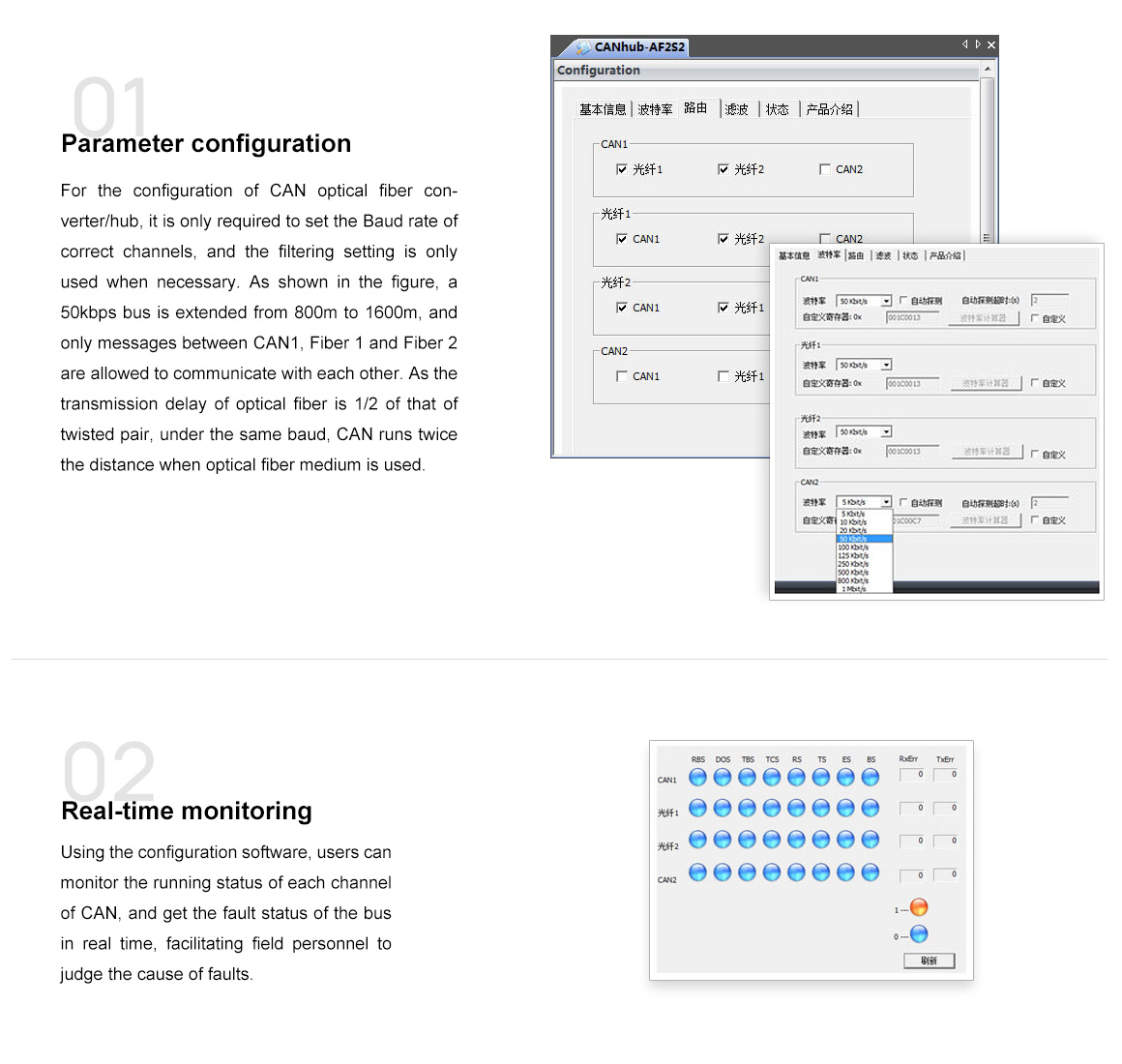Selection Table
Please drag the table left or right for viewing.
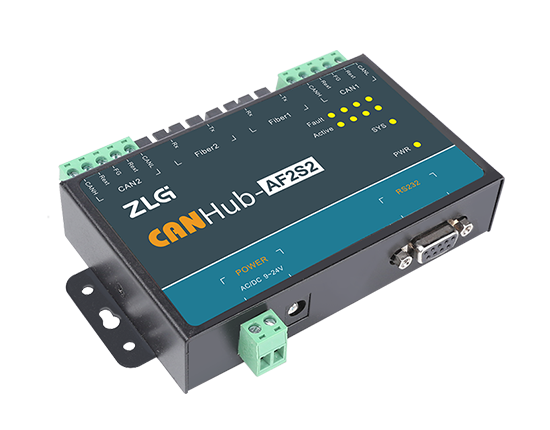
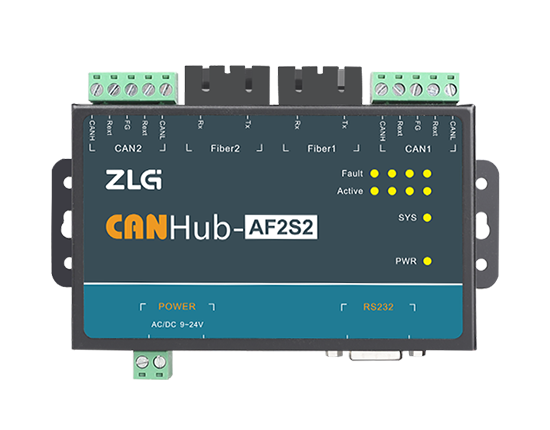
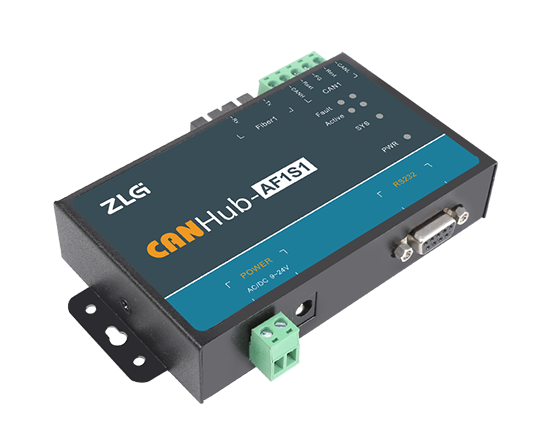
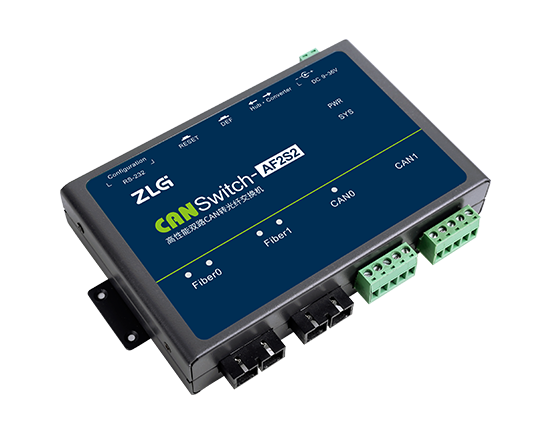
The CAN(FD)Hub - AF×S× Fiber Optic Converter Hub series comes with 1 to 2 fiber optic interfaces and 1 to 2 electrically isolated twisted - pair CAN(FD) interfaces. It can forward data between two independent CAN(FD) networks with different rates and a fiber optic network. It can filter out unwanted CAN(FD) messages, reducing the load on the subnet. Moreover, it can act as a CAN(FD) router to transmit messages between subnets.
The CAN(FD)Hub - AF×S× Fiber Optic Converter Hub series comes with 1 to 2 fiber optic interfaces and 1 to 2 electrically isolated twisted - pair CAN(FD) interfaces. It can forward data between two independent CAN(FD) networks with different rates and a fiber optic network. It can filter out unwanted CAN(FD) messages, reducing the load on the subnet. Moreover, it can act as a CAN(FD) router to transmit messages between subnets.
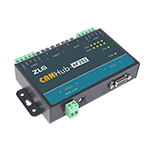
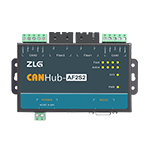
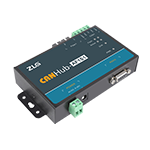
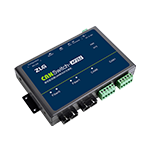
Selection Table
Please drag the table left or right for viewing.
Stable, reliable and widely used
The CAN fiber optic converters/hubs of Zhiyuan Electronics have undergone rigorous practical validation and are proven to be stable and reliable. At present, they are widely applied in high-speed railway, subway, coal mine, medical treatment, automotive electronics, building security, elevator control, and other applications to extend transmission distance, modify network topology, and isolate interference.
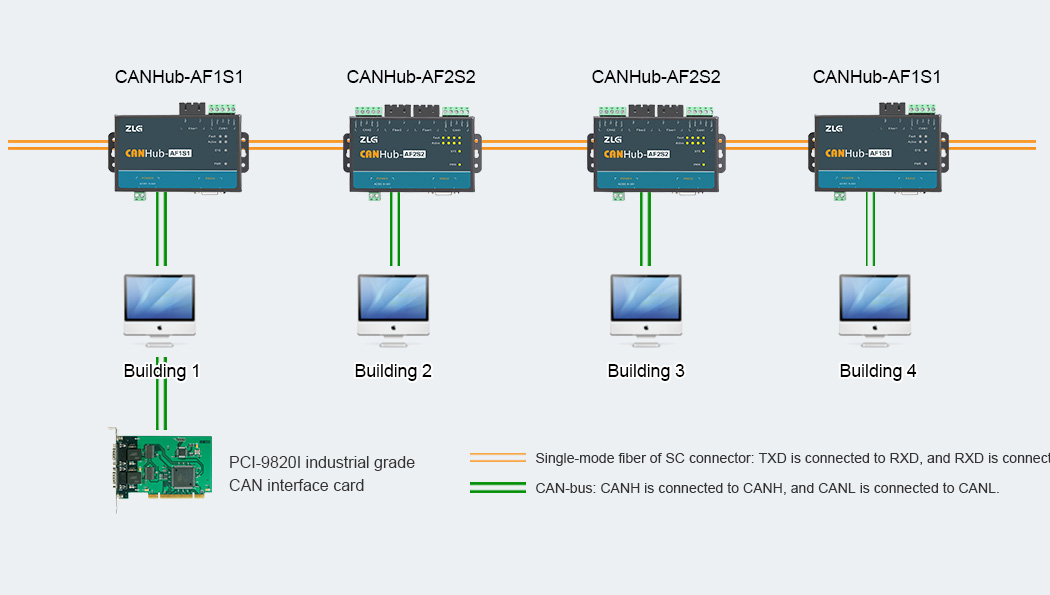
The fiber interface helps you completely isolate any interference
Optical fiber interface helps you completely isolate any interference and avoid the transmission of lightning surge from CAN bus.

Support the formation of redundant structure of ring network, and realize the function of fault self-recovery.
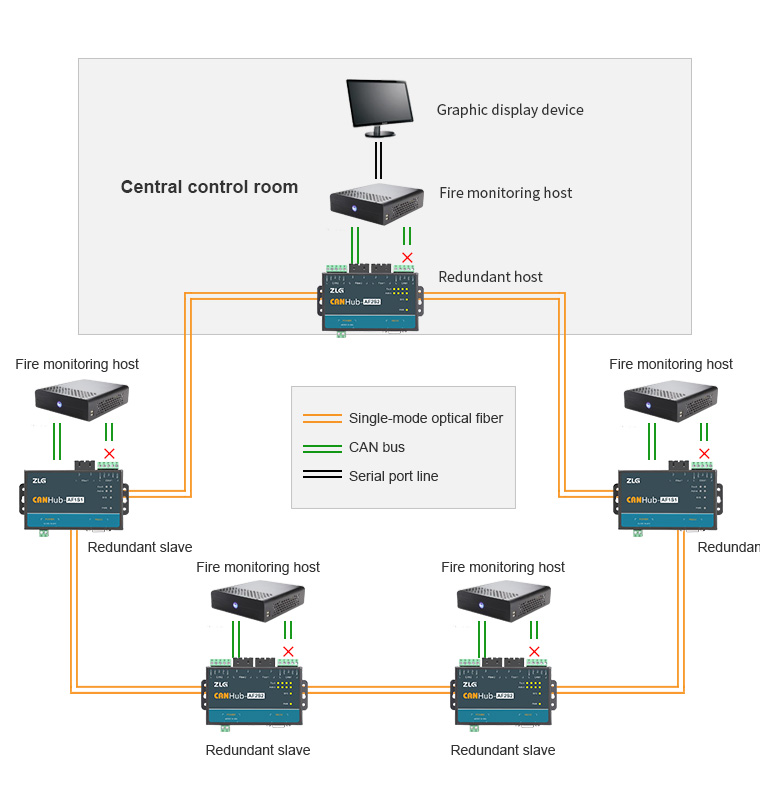
The Baud rate of each channel can be programmed and set at will
The Baud rate of each channel can be programmed and set arbitrarily, ranging from 5 kbps to 1 Mbps, and infinite cascading can be performed to realize ultra-long-distance communication.
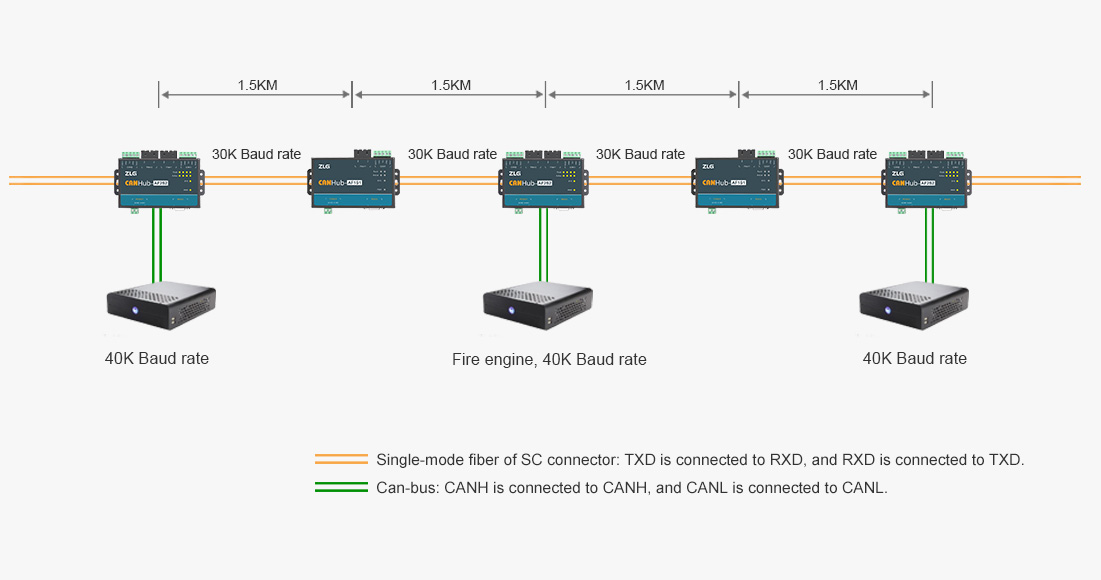
Powerful routing and ID filtering functions can effectively control bus load.
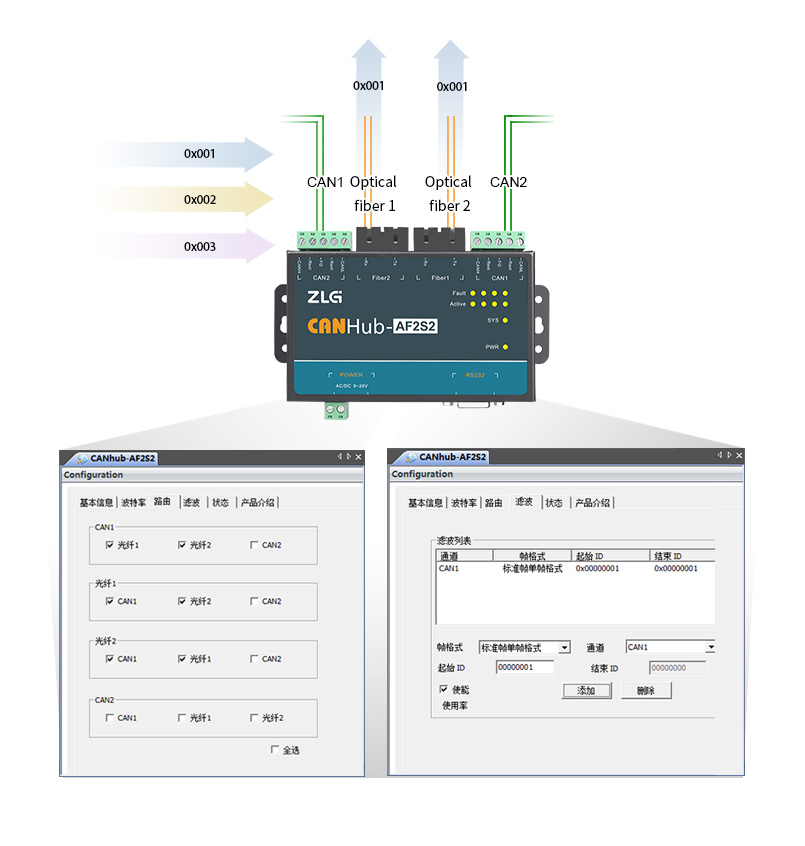
CAN protocol fully conforms to CAN 2.0B specification
CAN protocol fully conforms to CAN 2.0B specification and ISO 11898-1/2/3, and is compatible with CAN 2.0A.
![]()

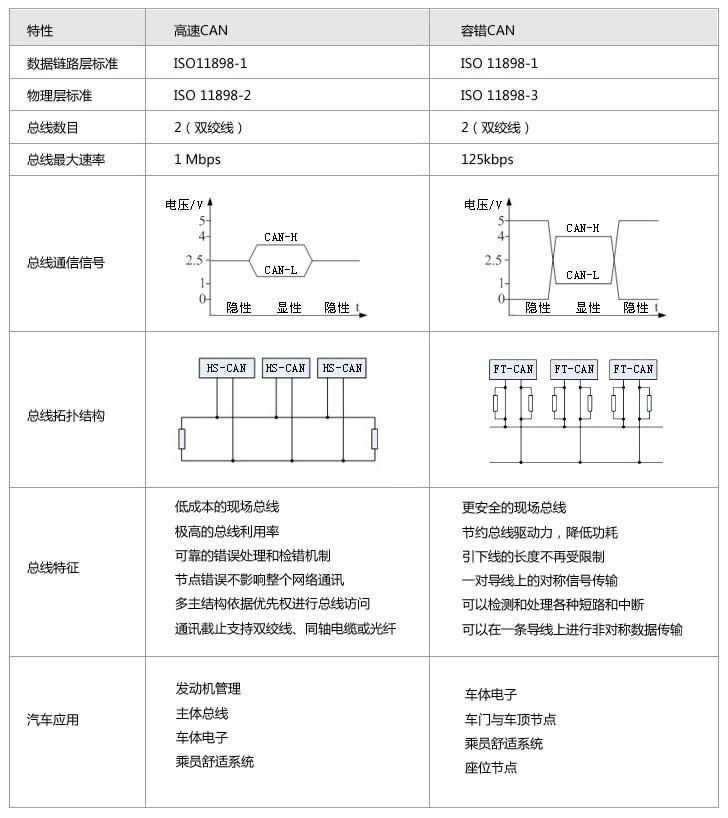

Recommended networking equipment for Siemens fire monitoring system
The CANHUB-AF2S2 and Siemens fire monitoring host is connected as shown in the figure:
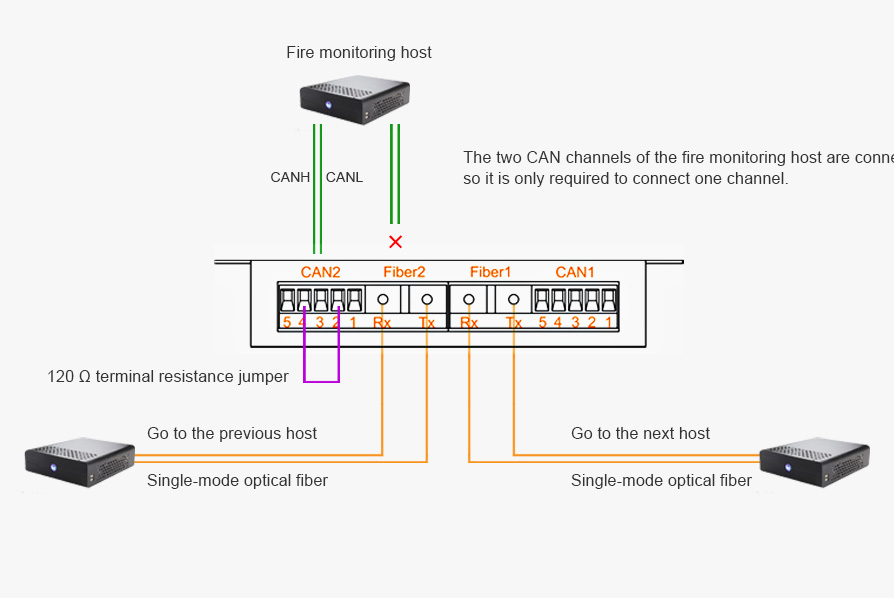
Configuration software
1. For the configuration of CAN fiber optic converter/hub, it is only required to set the Baud rate of correct channels, and the filtering setting is only used when necessary. As shown in the figure, a 50kbps bus is extended from 800m to 1600m, and only messages between CAN1, Fiber 1 and Fiber 2 are allowed to communicate with each other. As the transmission delay of optical fiber is 1/2 of that of twisted pair, under the same baud, CAN runs twice the distance when optical fiber medium is used.
